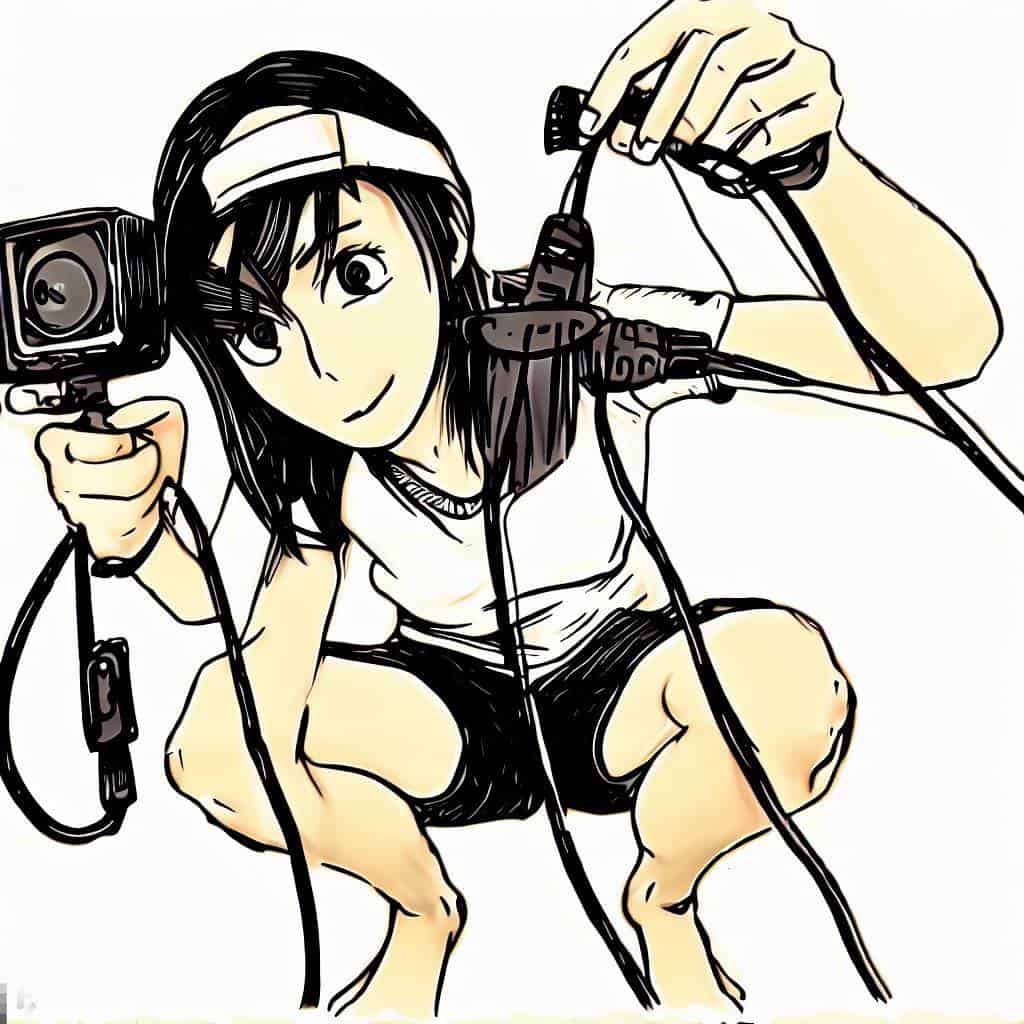GoPro SDI: A Professional’s Choice for Extended Reach and Quality

In the realm of professional videography, the choice of equipment and its compatibility can make or break a production. GoPro, a brand synonymous with action and adventure, has found its niche even in professional settings. Let’s delve deeper into why a professional might opt to connect a GoPro camera to SDI and the nuances involved in this choice.
What is SDI?
SDI, or Serial Digital Interface, is a professional video signal standard used primarily in broadcasting. It allows for the transmission of uncompressed, high-definition video over long distances without quality loss, ensuring stable and clear footage. Common in the world of professional videography, SDI offers robust connectivity, making it a preferred choice for many in the industry.

Why Connect GoPro to SDI?
- Specialized Camera Placement: GoPro’s compact and robust design makes it an ideal choice for capturing unique angles and perspectives. Whether it’s mounted on a race car, placed underwater, or attached to a drone, GoPro can go where many traditional cameras can’t. The challenge, however, is transmitting this footage over extended distances without compromising quality. This is where SDI comes into play.
- Long-Distance Video Transmission: SDI is renowned for its ability to transmit high-quality video signals over long distances without degradation. In professional settings, where cameras might be placed far from the control room or recording equipment, SDI becomes indispensable.
- Seamless Integration with Professional Equipment: The professional world of videography often relies on a myriad of devices, from switchers to recorders. SDI ensures that the GoPro can easily integrate into this ecosystem, providing a seamless experience for the production team.

Connecting Different GoPro Models to SDI:
- GoPro Hero 7 and Earlier Models: These cameras come equipped with built-in HDMI out ports. To integrate them into an SDI setup, professionals would require an HDMI to SDI converter device. This allows the camera to connect with SDI-equipped devices, ensuring the transmission of high-quality video signals over extended distances.
- GoPro Hero 8 and Later Models: Starting from the Hero 8, GoPro cameras no longer have a direct HDMI out port. Professionals looking to use these models in an SDI setup would first need the GoPro Media Mod accessory. This accessory provides the necessary HDMI port, which can then be connected to an HDMI to SDI converter, facilitating the camera’s use in professional settings.
- USB-C Limitations: It’s worth noting that GoPro cameras with a USB-C port cannot utilize a USB-C to HDMI converter device. This limitation underscores the importance of the GoPro Media Mod for newer models when integrating into an SDI environment.
In conclusion, the collaboration between GoPro and SDI technology has bridged the gap between action videography and professional broadcasting. By understanding the intricacies of connecting these devices, professionals can harness the power of GoPro in even the most demanding settings, ensuring unparalleled footage quality and versatility.


